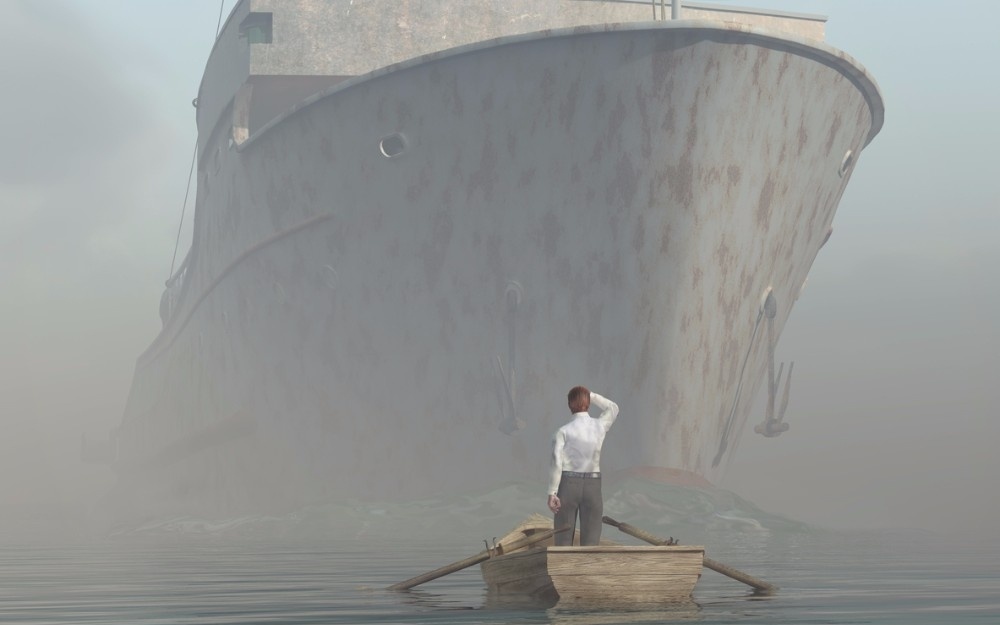3 reccurring problems when transporting dangerous goods by sea

When looking at the world of dangerous goods one must be aware of the fact that it is not only a question of safety towards our products, but more so a responsibility towards our environment as there is plenty of damage that hazardous substances can cause.
Accidents during the transport of dangerous goods by sea are not as rare as one might think: although there is not much in the news, it does not mean that they are rare.
In 2011 Joanne Ellis conducted a research with the title “Analysis of accidents and incidents occurring during transport of packaged dangerous goods by sea”, based on data of dangerous goods shipments by sea from the United States and Great Britain from 1998 until 2008. The result reveals that 97% of all incidents are not caused by collision with a third party, but by activities such as preparation and storage of goods inside the containers.
But what are the main reasons that repeatedly cause problems during shipment by sea? Being aware of those problems means finding solutions prior to their escalation and hence creating a save environment even during turbulences!
1. Wave after wave
There is a saying that the open sea is like an embracing cradle of a mother, but this is not always the case. On the contrary, when the storm arrives her turbulences are furious.
The waves, or better said the breaking see, is the primary problem of every shipment by sea. It does not need a Tsunami to outbalance products on board. Sometimes a short turbulence is enough to topple an entire shipload of goods that are not stored properly. But can this problem be tackled?
First and foremost, it is necessary to adhere to the indications and the set limits written on the packing instruction that dictates how to pack hazardous goods in full compliance with the relevant regulations. Leaving aside shipments in excepted or limited quantities, where it is necessary to comply with chapter 3.4 or chapter 3.5, it is obligatory to use certified packaging for the transport by sea, as stated in the IMDG regulation. It is not only important to use certified packaging, but more so to use it in a correct way, such as written on the test report.
Once the container is being loaded, all goods on its inside need to be firmly tied up, to minimize the possibility of them moving around during transport.
2. “Bureaucracy: one difficulty for every solution”
With the words of Herbert Samuel, a British politician of the XX century, we hereby introduce the thorny problem of documentation. The second big hurdle not only exists during transportation of dangerous goods, but also during its preparation.
In this environment only one error can cause the blockage of the shipment. In doubt, it is therefore worthwhile to ask for expert advice. During the preparation process, the sender needs to inform the transport agency regarding the IMDG danger class, the type of packaging and the UN number.
The second step is to provide the transport agent with the following:
- The so-called safety data sheet, which is a sort of identity card for dangerous substances, specifying the danger of the product, the product information and the instructions for disabling it.
- An index called Multimodal (Multimodal for dangerous goods), which indicates all information concerning the dangerous substance that is being transported and its type of packaging.
3. Don’t spill the water!
When traveling by sea, one is surrounded by water. Therefore, humidity is a persistent problem during a transport, which can cause damage or loss of quality to the hazardous good that is being transported. Thus, water can easily make transport documents unreadable and hence can cause problems on arrival of the goods.
In this case, science provided quite a simple but effective solution to the problem. Therefore, available on the market are products such as:
- Dehydrating bags for packages and containers containing silica gel – these bags are equal to the ones that you find on the inside of a pocket when buying a new bag – as for their chemical capacity they absorb humidity;
- Humidity indicator cards that signal on a color scale from blue to brown how wet or dry the atmosphere is.
One can also purchase less advanced solutions that are nonetheless effective such as transparencies for transport documents or plastic bags to protect the content of the package.
